In the world of virtual reality, the Apple Vision Pro and PlayStation VR2 have a good percentage of the populace's mindshare, with each offering unique features and experiences. Here's how the two stack up.
The Apple Vision Pro and the PlayStation VR2 promise immersive experiences, but they diverge in design, display, processing power, cameras, battery life, and price.
The Apple Vision Pro, announced with a bang on June 5, boasts a sleek design that can be customized for comfort, emphasizing its versatility and user-centric approach. In contrast, the PlayStation VR2, already making waves in the gaming community, showcases a robust design tailor-made for immersive gaming experiences. These headsets are set to redefine how we engage with virtual worlds.
Apple Vision Pro versus PlayStation VR2 - Specifications
| Specifications | Apple Vision Pro | PlayStation VR |
|---|---|---|
| Price | $3,499.00 | $549.99 |
| Battery | Up to 2.5 hours | Controllers: 4-4.5 hours |
| Weight | 21.2-22.9 ounces (600-650 g) | Approximately 600g |
| Display Technology | micro-OLED | OLED |
| Display Resolution | ~11.5M pixels per eye | ~4.1M pixels per eye |
| Cameras | Primary camera with stereoscopic 3D feature, two high-resolution main cameras, six world-facing tracking cameras, four eye-tracking cameras, TrueDepth camera | Four embedded cameras for headset and controller tracking IR camera for eye tracking per eye |
| Interpupillary distance | 51-75 mm | 58-68mm |
| Storage | 256GB, 512GB, 1TB | - |
Apple Vision Pro versus PlayStation VR2 - Design, weight
There are notable differences in weight between the Apple Vision Pro and the PlayStation VR2.
The Apple Vision Pro weighs between 21.2 and 22.9 ounces (600-650 g), which varies depending on the configuration of the Light Seal and headband. In contrast, the PlayStation VR2 headset weighs approximately 600g, excluding the cable.
The Apple Vision Pro's design packs an array of technology into a compact form. Its single-piece glass, both functional and aesthetic, blends seamlessly into an aluminum frame. Meanwhile, the PlayStation VR2 headset is made of plastic with a rubber seal around the display.
The Light Seal on the Apple Vision Pro is crafted from soft textiles and adapts to various facial shapes, ensuring a comfortable and precise fit. The Head Band, knitted in one piece for cushioning and breathability, can be easily swapped for different sizes or styles, adding to the device's customizability and comfort.
The Vision Pro, lighter and more versatile with its adjustable Light Seal and Head Band, emphasizes comfort and customization. The PlayStation VR2 offers a robust design suited for immersive gaming experiences.
Apple Vision Pro versus PlayStation VR2 - Display
The PlayStation VR2 offers an impressive panel resolution of 2000 x 2040 pixels per eye, or about 4 million per eye, promising gamers and enthusiasts an immersive and detailed virtual reality experience. In contrast, the Apple Vision Pro boasts a micro-OLED display with an impressive 23 million pixels per eye and a 7.5-micron pixel pitch.
Pixel pitch means that the center of one pixel is 7.5 micrometers away from the center of the adjacent pixel. A smaller pixel pitch generally indicates higher pixel density and potentially higher image quality, as it allows for more pixels to be packed into a given area, resulting in sharper and more detailed images.
The PlayStation VR2 and the Apple Vision Pro share a lack of detailed specifications — Sony hasn't revealed the pixel pitch for its VR2 headset, and Apple has kept the Vision Pro's resolution under wraps. However, an estimated calculation hints that the Apple Vision Pro might feature a resolution near 3660 x 3142.
While the PlayStation VR2 provides refresh rates of 120hz and 90hz, the Apple Vision Pro supports 90Hz, 96Hz, and 100Hz refresh rates and can judder-free video playback at multiples of 24fps and 30fps. The Apple Vision Pro's more expansive range of supported refresh rates and higher pixel count suggests a more detailed and smoother visual experience.
Additionally, the Apple Vision Pro covers 92% of the DCI-P3 color gamut, bringing more vibrant and accurate color reproduction than the PlayStation VR2.
The PSVR2 features an adjustable Interpupillary Distance (IPD) mechanism, allowing users to fine-tune the lens distance to match the space between their eyes for optimal visual comfort. It includes a continuous scrolling option for precise adjustment and three preset choices at 58mm, 63mm, and 68mm.
In contrast, the Apple Vision Pro offers an IPD adjustment capability ranging from 51mm to 75mm, catering to a broader spectrum of user needs and ensuring a customizable and comfortable viewing experience.
While both devices offer high-quality displays, the Apple Vision Pro focuses on detail and color precision through micro-OLED technology. In contrast, the PlayStation VR2 emphasizes an immersive field of view with its OLED display.
Each caters to different aspects of the VR experience, reflecting their respective focuses on general use and gaming.
The field of view (FOV) is crucial in virtual reality. A single human eye typically possesses a horizontal FOV of about 135 degrees (monocular) and extends just beyond 180 degrees vertically. When considering both eyes together (binocular), the horizontal FOV is approximately 114 degrees, a crucial factor for perceiving depth.
The Apple Vision Pro boasts a FOV of approximately 100 degrees horizontally, as suggested in an Apple developer session.
Comparatively, the PlayStation VR2 offers a similar FOV around 100 to 110 degrees. Each FOV provides an immersive experience, especially in games and apps where a broader view enhances realism and gameplay. However, neither company has disclosed the vertical FOV of their respective headsets.
Apple Vision Pro versus PlayStation VR2 - Processing power
The Apple Vision Pro showcases a formidable M2 chip with an 8-core CPU, incorporating both performance and efficiency cores, complemented by a 10-core GPU and a 16-core Neural Engine. The hardware setup, bolstered by 16GB of unified memory, delivers a robust and dynamic processing capability.
The PlayStation VR2 eliminates the need for an external processing unit. In contrast to the original PSVR, which required a connection to the PS4 through a processing unit and several cables, the PSVR2 simplifies its setup. It employs a one-wire system, directly connecting to the PS5 with just a single USB-C cable.
Because of that, the PlayStation performs the computation. For example, the PlayStation 5 is powered by an 8-core AMD Ryzen Zen 2 CPU, clocked at 3.5 GHz, and a custom RDNA 2 Architecture GPU operating at 2,233 MHz and delivering 10.3 teraflops.
Apple Vision Pro versus PlayStation VR2 - Cameras
The Apple Vision Pro has a robust camera and sensor system, focusing on advanced spatial capture capabilities. Its primary camera system boasts a stereoscopic 3D feature with an 18 mm, f/2.00 aperture, and 6.5 stereo megapixels, enhancing depth perception and realism in virtual environments.
Specifically, the device includes two high-resolution main cameras, six world-facing tracking cameras, four eye-tracking cameras, a TrueDepth camera, a LiDAR Scanner, four inertial measurement units (IMUs), a flicker sensor, and an ambient light sensor. In contrast, the PlayStation VR2 opts for a more streamlined approach with its camera and sensor suite.
The PlayStation VR2 incorporates a motion sensor with a six-axis motion sensing system, including a three-axis gyroscope and a three-axis accelerometer, effectively tracking the player's movements. The system also features an IR proximity sensor, four embedded cameras for headset and controller tracking, and an IR camera for eye tracking in each eye.
While the PlayStation VR2 setup might seem less elaborate than the Apple Vision Pro, it provides a reliable and efficient tracking mechanism, ensuring a smooth and responsive VR experience.
Apple Vision Pro versus PlayStation VR2 - Battery life
The PlayStation VR2 Sense controllers offer a different battery life experience since the headset is always plugged in. These controllers generally last between four to four and a half hours on a full charge.
However, some users have noted receiving a low battery warning after about 90 minutes. To extend their playtime, gamers have found a workaround by connecting the controllers to an external power bank using a USB-C cable.
Comparatively, the Apple Vision Pro's shorter battery life of up to two and a half hours is offset by its ability to be used while charging. The battery connects to the Vision Pro using a woven USB-C cable.
Apple's external battery setup allows for portable power and supports all-day use when plugged in, ensuring that users can enjoy continuous use without breaks
The two devices cater to different user needs, with the PlayStation VR2 focusing on more extended initial usage and the Apple Vision Pro on uninterrupted, flexible use.
Apple Vision Pro versus PlayStation VR2 - Price
The PlayStation VR2 is priced at $549.99, while the Apple Vision Pro comes in at a higher cost of $3,499. It's important to note that to use the PlayStation VR2, you'll also need a PlayStation 4 or 5, which adds expense, making the total potential cost for the PlayStation VR2 experience up to $1,200 or more.
Unlike the PlayStation VR2, the Apple Vision Pro has onboard storage starting at 256GB for $3,499, 512GB for $3,699, and 1TB for $3,899. It's available to preorder and officially launches on February 2.
Apple Vision Pro versus PlayStation VR2 - Different Philosophies
There are many obvious differences between the two headsets. They both offer VR experiences to the user, but go about it in completely different ways.
The PlayStation VR 2 is a device that's tethered to a PlayStation 5, which limits your ability to move to the length of the connective cable. That tethering does save weight for the user, since Sony doesn't have to build a battery or have some form of onboard processing.
The Apple Vision Pro instead allows users to walk wherever they want, feasibly including going outside and about their daily business. You don't have to tether it to a host Mac, so you have all the freedom that you could want.
Control schemes are also largely controller-based for the PlayStation VR, which is all dealt with off-headset since it's all connected to the console. Apple prioritizes controller-free experiences with hand and eye tracking, which could be considered a more natural input for users.
Then there's the question of specifications, with the Apple Vision Pro offering a lot more in its package than Sony does. As an all-in-one device with massive display resolutions and high technology throughout, it's evident that Apple has the upper hand in this field.
Of course, a lot of this can be explained by the philosophy behind the intention of each headset.
Sony's release is meant as a consumption-only device. It's intended as a mass-market headset that works with a mass-market console, which all gets used to consume media and to play games.
The Apple Vision Pro isn't a gaming headset. It's a device intended to be an entire spatial computing platform.
When you introduce a platform, you need to offer the best technology you can to its users, especially early adopters who may use it for work for long periods of time. It needs to be powerful enough to handle many real-time tasks as efficiently as possible, and to handle future applications that could take advantage of the onboard power.
The PlayStation VR 2 does very well for itself as a VR headset for gaming. Apple had to create a headset capable of doing practically anything its users want to do in the future.
It's not a limited tool to Apple, it's a platform.
Apple Vision Pro versus PlayStation VR2 - What to buy
Several factors should guide your choice when deciding between the Apple Vision Pro and the PlayStation VR2. The Apple Vision Pro offers a sleek design with customization options for comfort, while the PlayStation VR2 prioritizes a robust design tailored for immersive gaming experiences.
In terms of display, the PlayStation VR2 excels in gaming immersion with its high panel resolution, while the Apple Vision Pro delivers detailed visuals and vibrant colors through its micro-OLED display.
On the processing front, the Apple Vision Pro boasts standalone power with its M2 chip, while the PlayStation VR2 relies on a PlayStation.
Cameras and sensors differ, with the Apple Vision Pro emphasizing spatial capture and the PlayStation VR2 providing reliable tracking for responsive VR experiences. Lastly, consider your usage patterns: the PlayStation VR2 offers extended initial usage on its controllers, while the Apple Vision Pro accommodates uninterrupted use while charging.
Price-wise, the PlayStation VR2 is more budget-friendly, but it requires the buyer to have a PlayStation console. Meanwhile, the Apple Vision Pro is a standalone device with processing power, storage, and operating system.
As for the question of which to buy, it depends entirely on your needs. Gamers will gravitate to Sony's headset, but it's not hard to see those wanting to work or do other involving tasks, and can afford it, to go for the Apple Vision Pro instead.
Where to buy the Apple Vision Pro vs Sony PlayStation VR2
The Apple Vision Pro can be ordered from Apple directly, with a starting price of $3,499. The Sony PlayStation VR2, meanwhile, retails for $549 and can be ordered from Amazon and Best Buy. A PlayStation console can be purchased from the same retailers, with prices starting at $449.
 Andrew Orr
Andrew Orr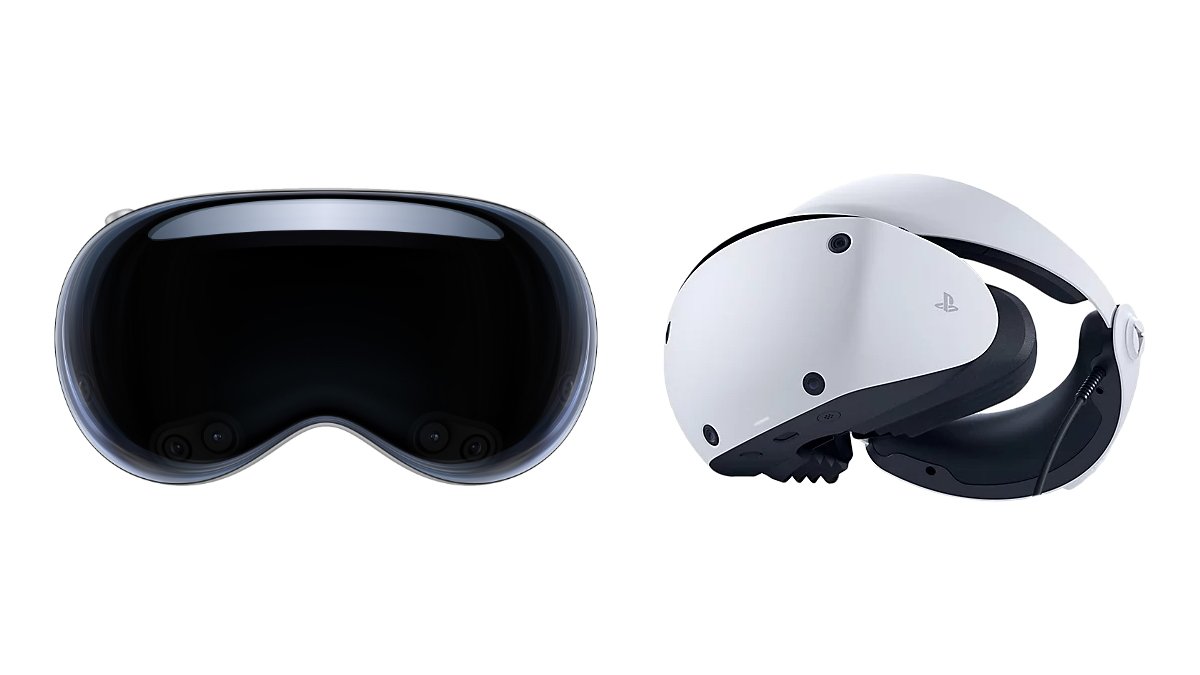
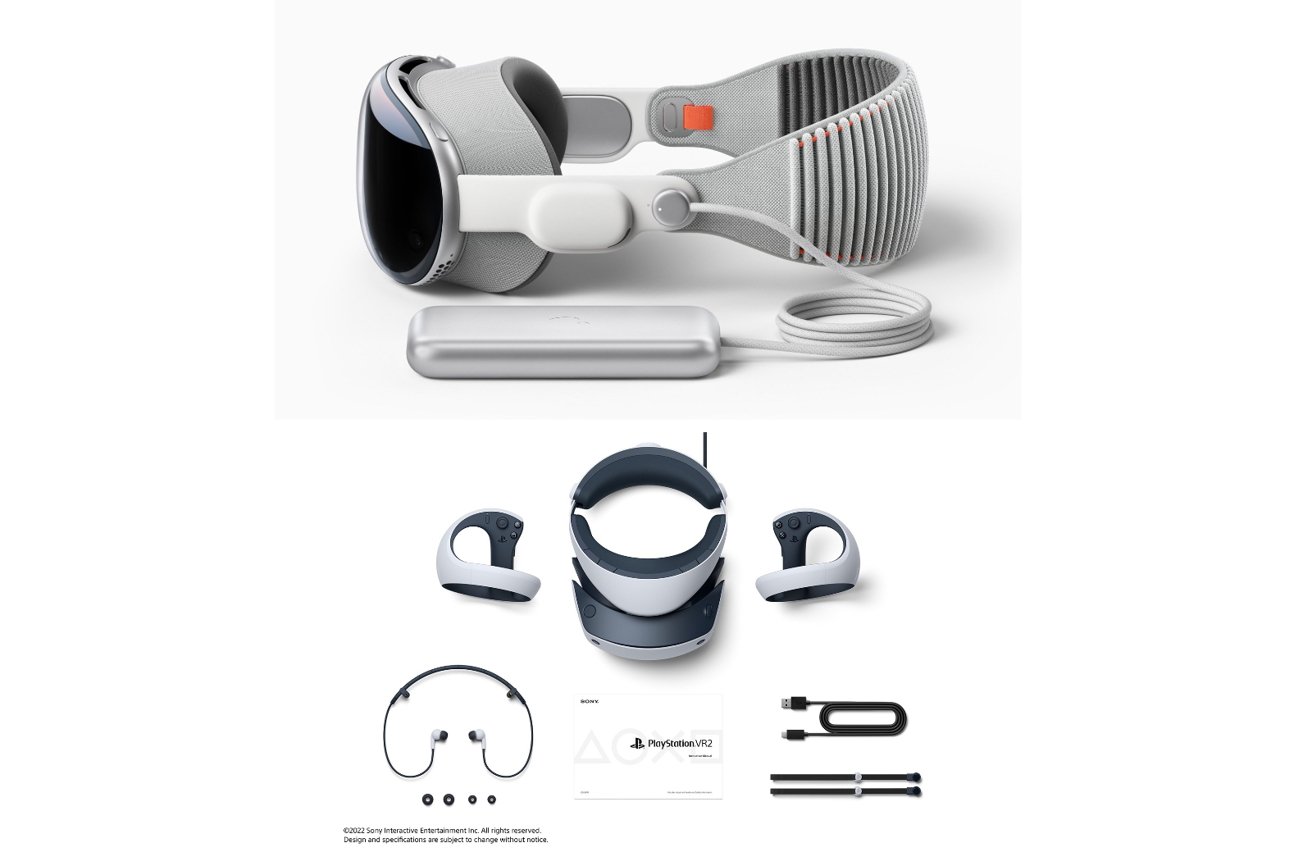
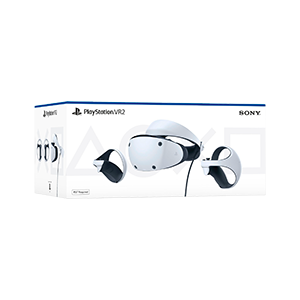
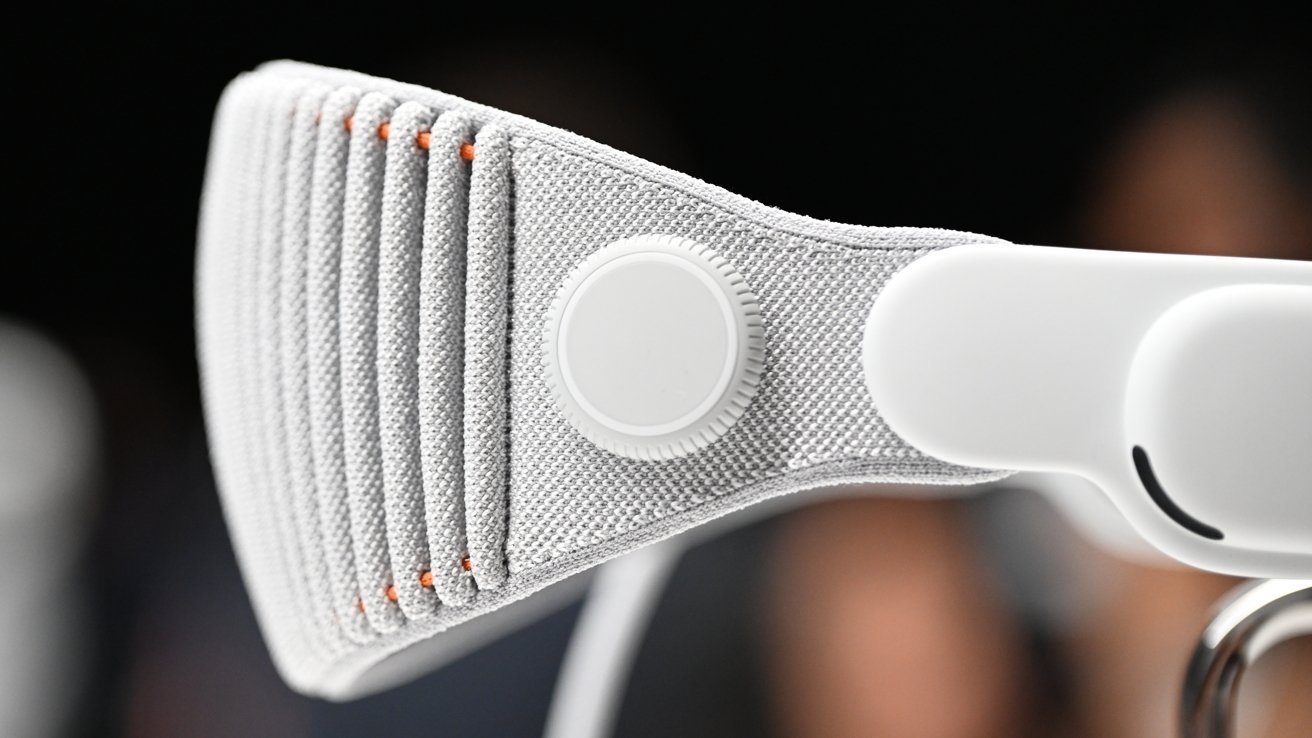
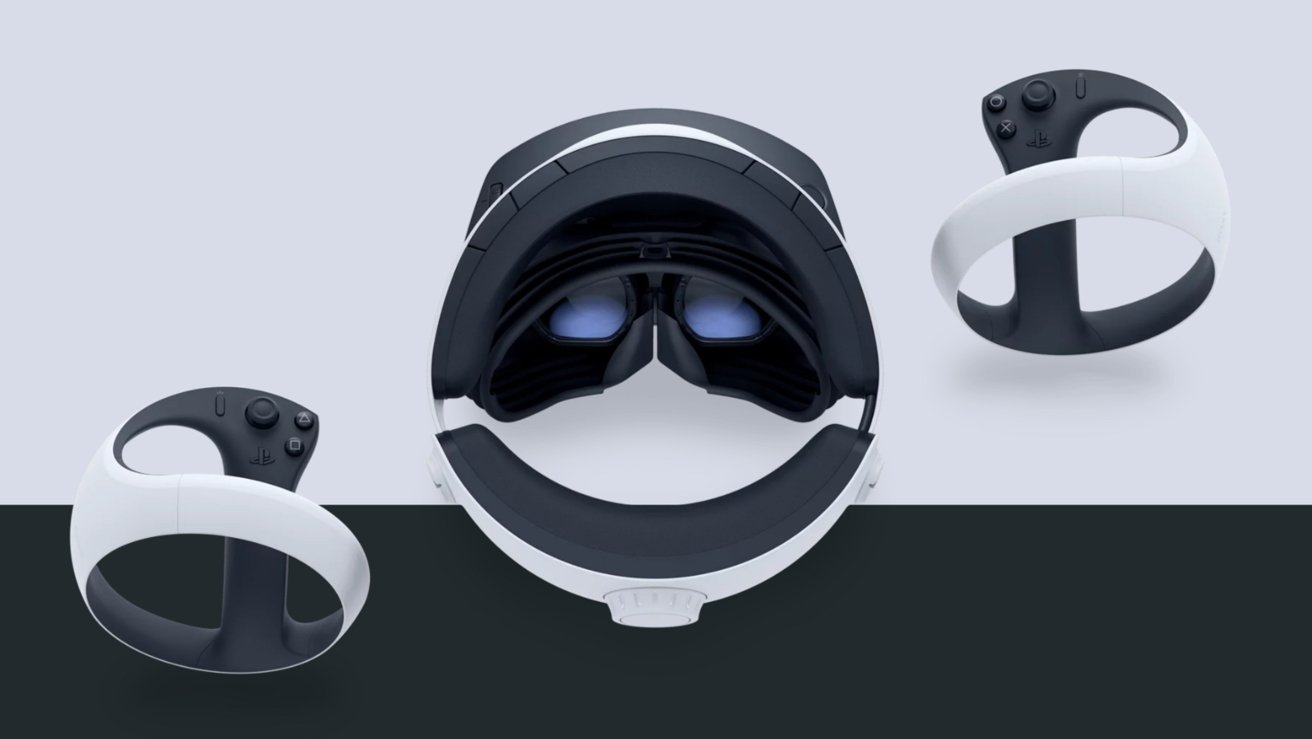
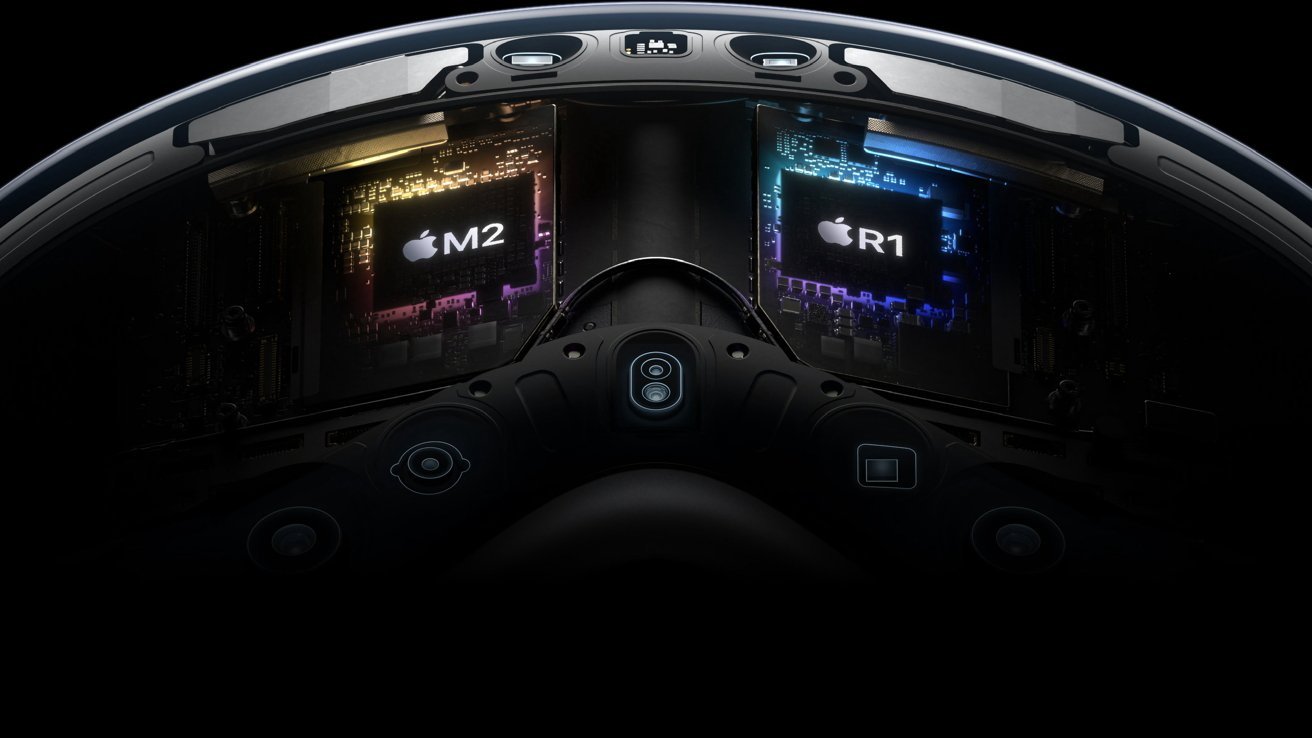
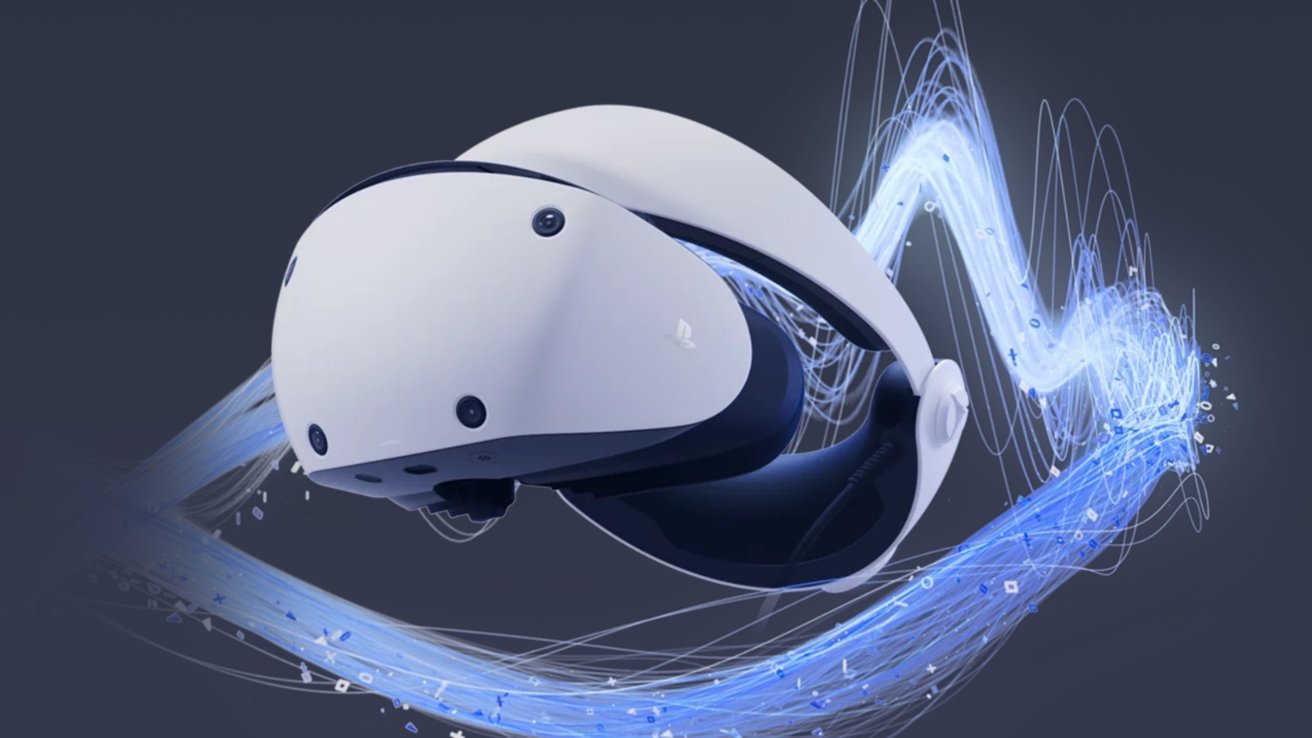

-m.jpg)





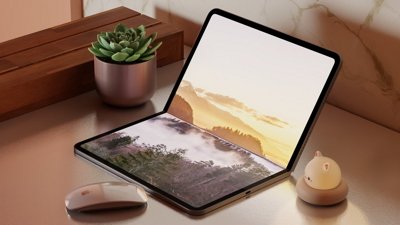
 Marko Zivkovic
Marko Zivkovic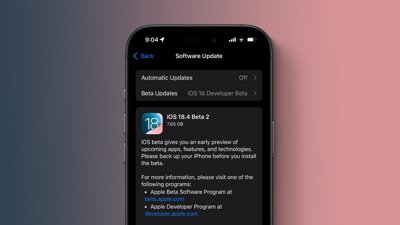
 Mike Wuerthele
Mike Wuerthele
 Christine McKee
Christine McKee
 Amber Neely
Amber Neely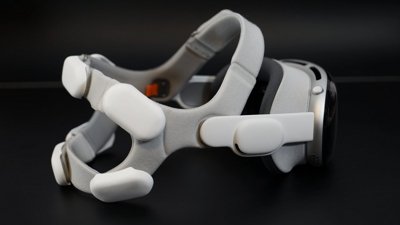
 Wesley Hilliard
Wesley Hilliard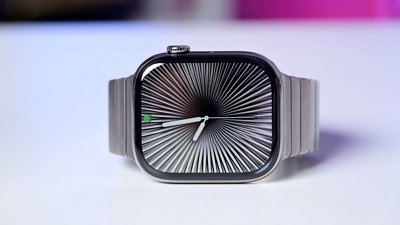

 William Gallagher
William Gallagher
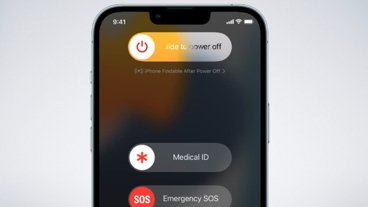
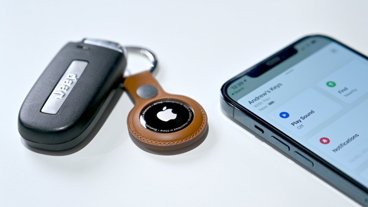
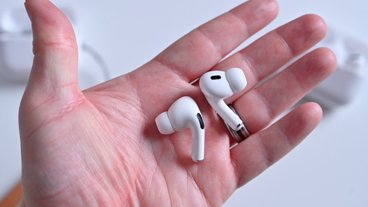



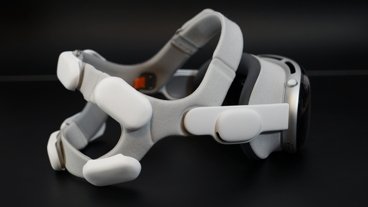
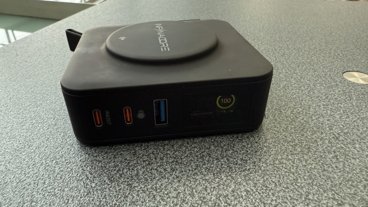


19 Comments
This is just a perplexing article. Reading it you would think these two devices are actually competitors but they aren’t. One is a wearable gaming console and the other is a wearable computer. What is next for Apple Insider. You going to do a comparison of Nintendo Switch and a MacBook?
I’m guessing the number of games available might differ noticeably between these two platforms.
It will be interesting to the difference in running Resident Evil : Village on these two. PSVR2 gives me motion sickness so I wonder if AVP is better in this regard.